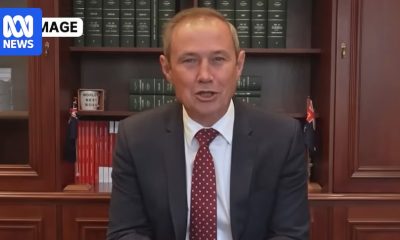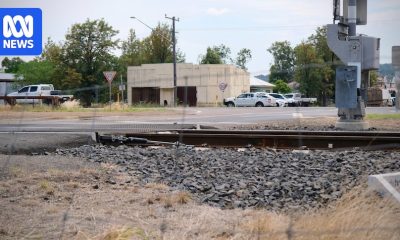Science
New AI Predicts Which Planets Are Going to Smash Into Each Other – Futurism
SPOCK looks into the future — and sees which distant worlds will survive.

Judgment Day
A team of NASA astrophysicists has put the fate of entire star systems in the hands of an AI algorithm.
The system dubbed SPOCK by NASA and Princeton University astrophysicist Daniel Tamayo, doesnt actually decide which worlds will live and die. But it can predict the paths of exoplanets, and determine which ones will remain stable and which will crash into other worlds or stars, far more accurately and at greater scale than humans ever could.
Too Many Limes
Since the first exoplanet was discovered in 1995, scientists have identified more than 4,000 worlds elsewhere. Over 700 of them are in star systems containing more than one planet, Tamayo said in a press release, which potentially puts them at risk of devastation collisions.
We cant categorically say This system will be OK, but that one will blow up soon,’ Tamayo said in the release. The goal instead is, for a given system, to rule out all the unstable possibilities that would have already collided and couldnt exist at the present day.
The Reference
Traditionally, this is a problem that scientists would brute force by modeling an exoplanets next billion orbits and look for danger. SPOCK is a bit more elegant: It stops after 10,000 orbits and then trains a machine learning algorithm using the dynamics of that orbit. Eventually, the system learns to predict collisions well in advance.
We called the model SPOCK Stability of Planetary Orbital Configurations Klassifier partly because the model determines whether systems will live long and prosper,’ Tamayo said.
READ MORE: Artificial intelligence predicts which planetary systems will survive

-

 Noosa News22 hours ago
Noosa News22 hours agoPrincess Anne is coming to Australia. Here’s what we know of her plans
-

 General13 hours ago
General13 hours agoDeepfake AI ad featuring WA Premier Roger Cook prompts latest scam warning
-

 General11 hours ago
General11 hours agoCommunity devastated after freight train kills one-year-old girl near Narrabri
-

 General10 hours ago
General10 hours agoPolice allowed neo-Nazi protest outside NSW parliament
